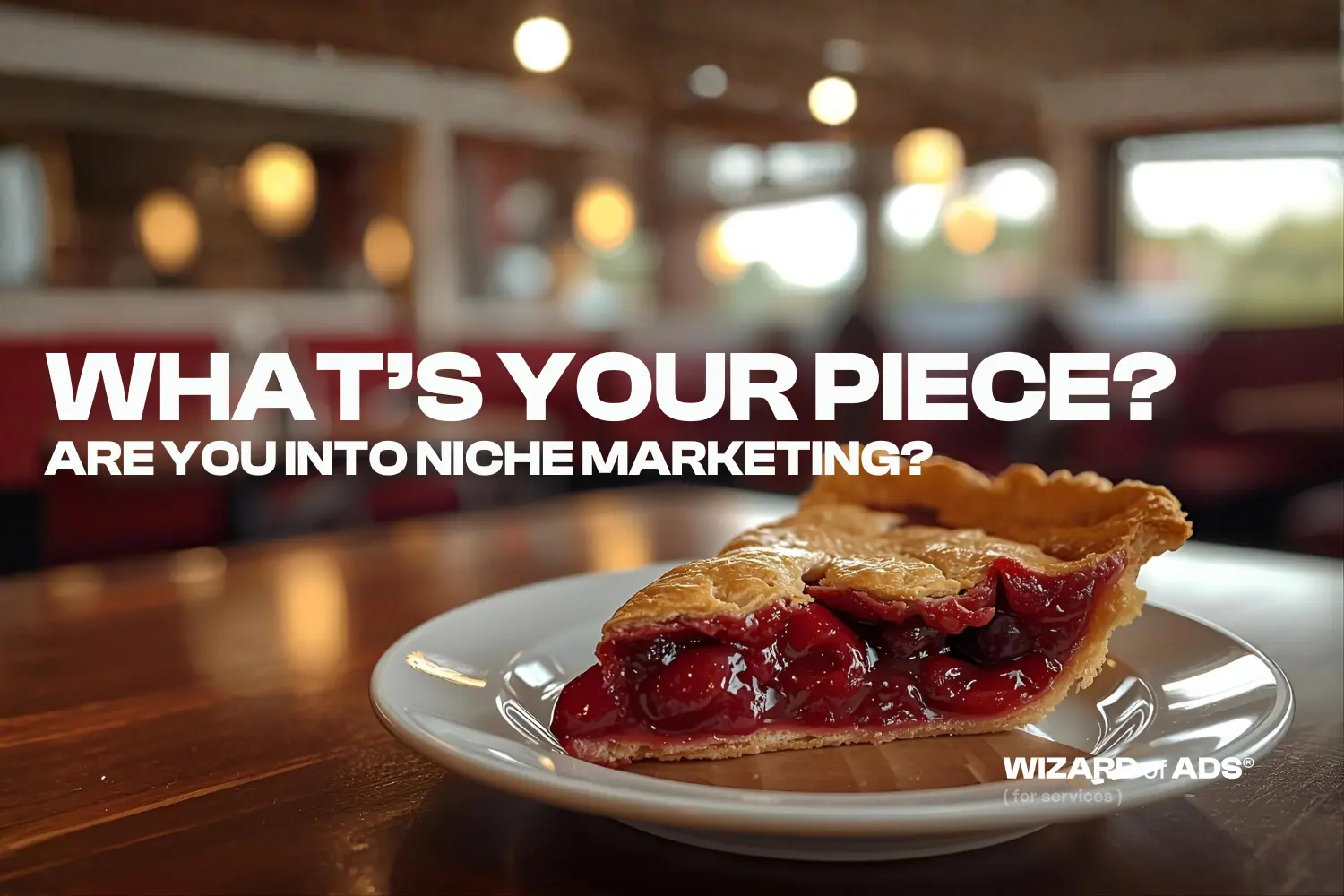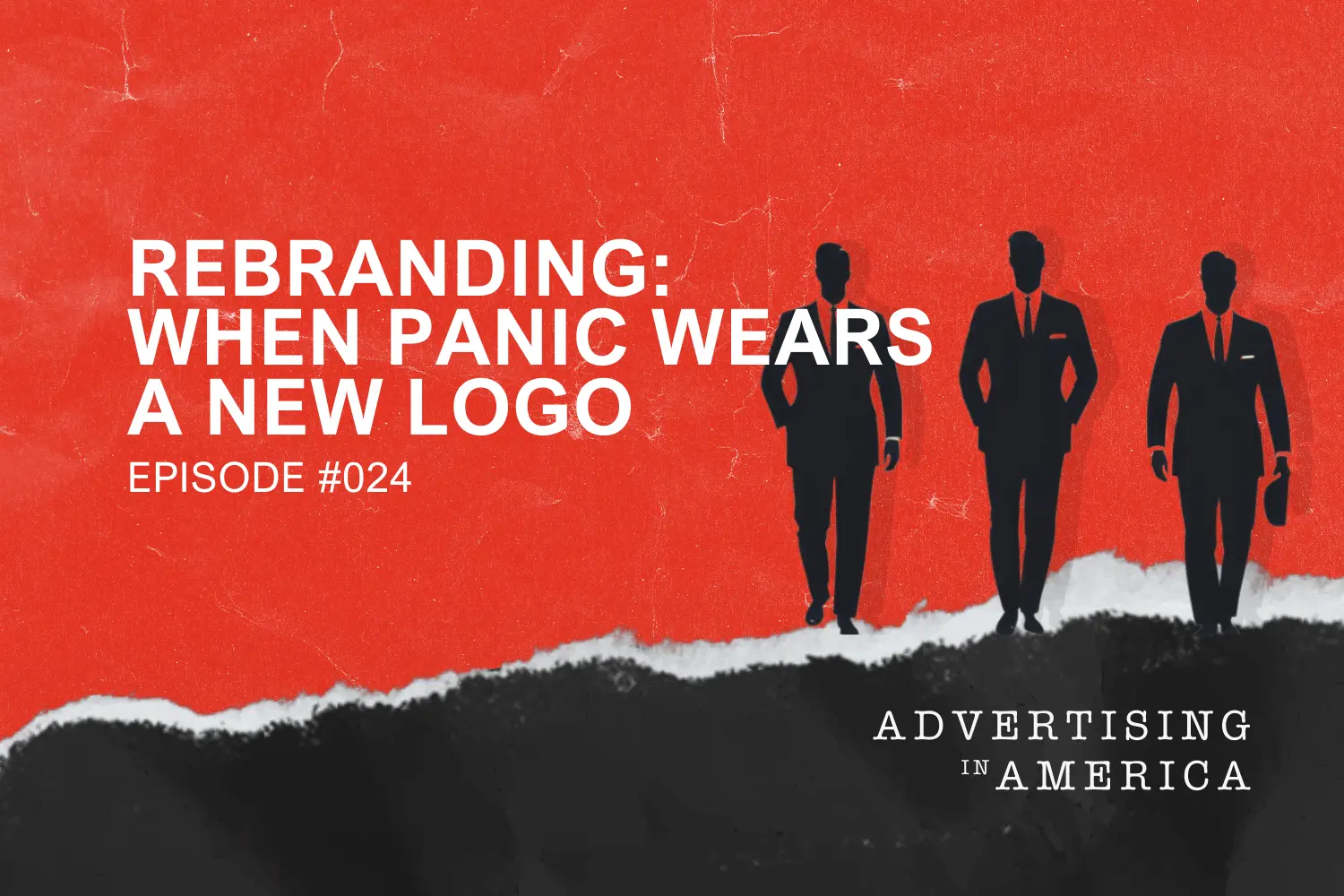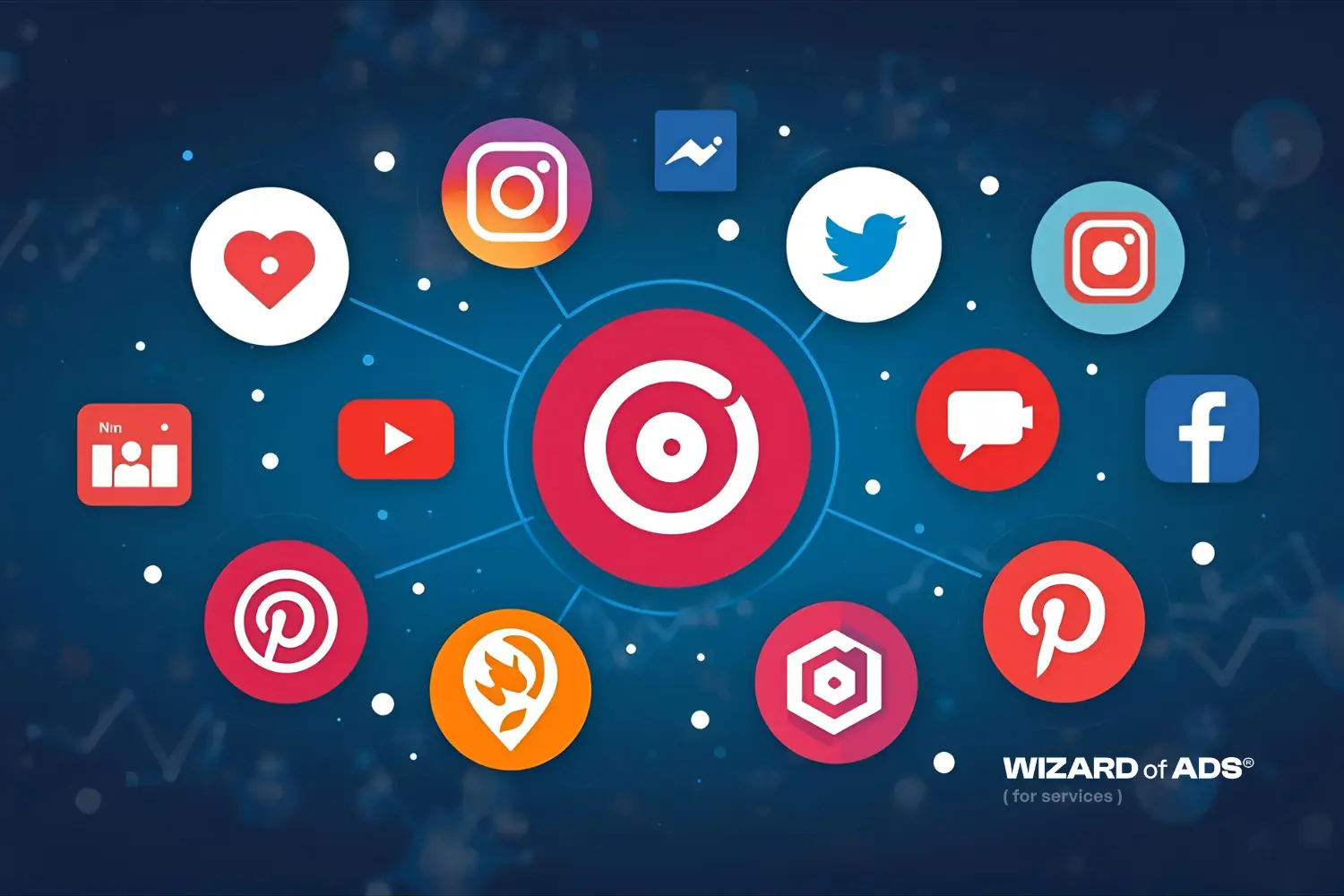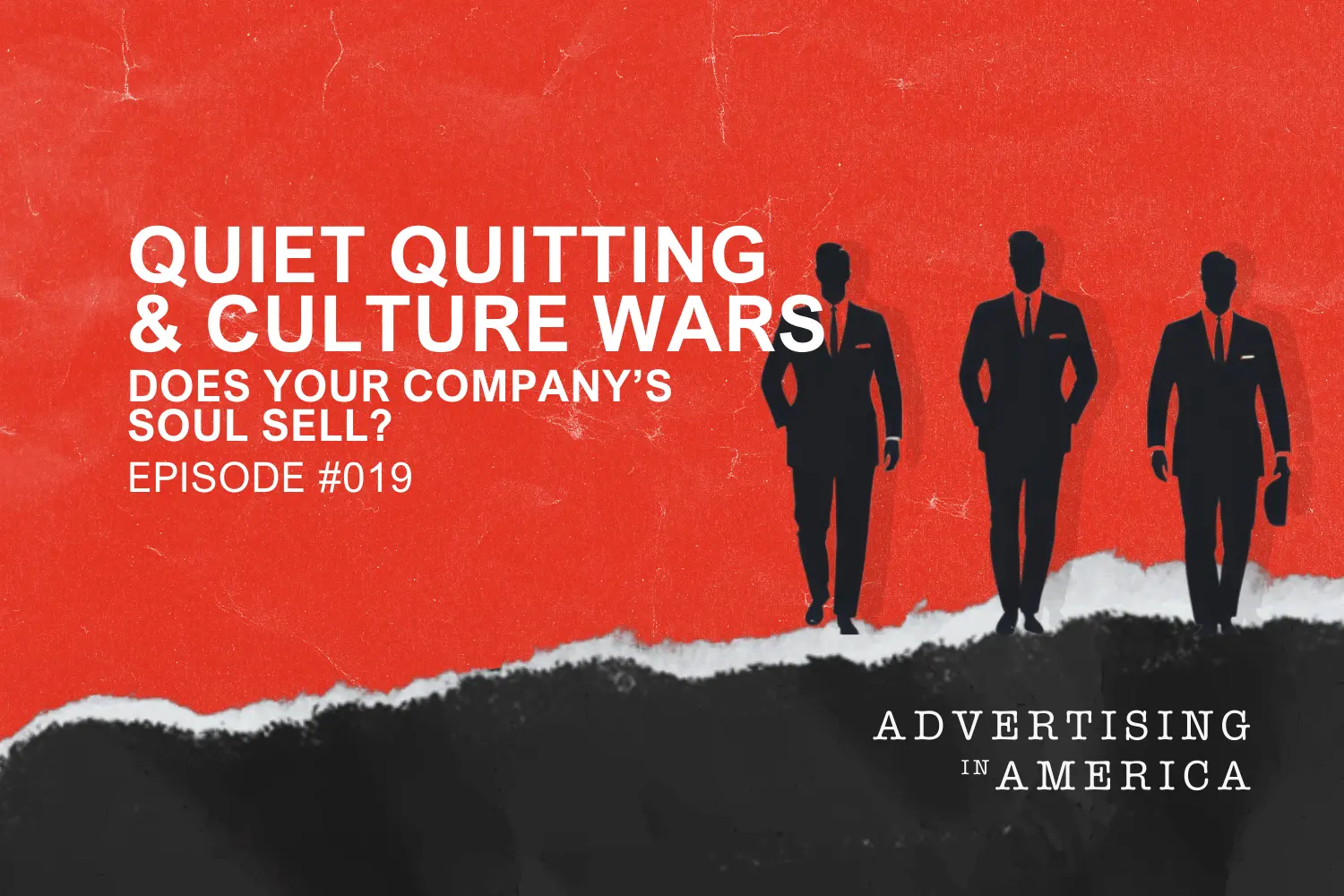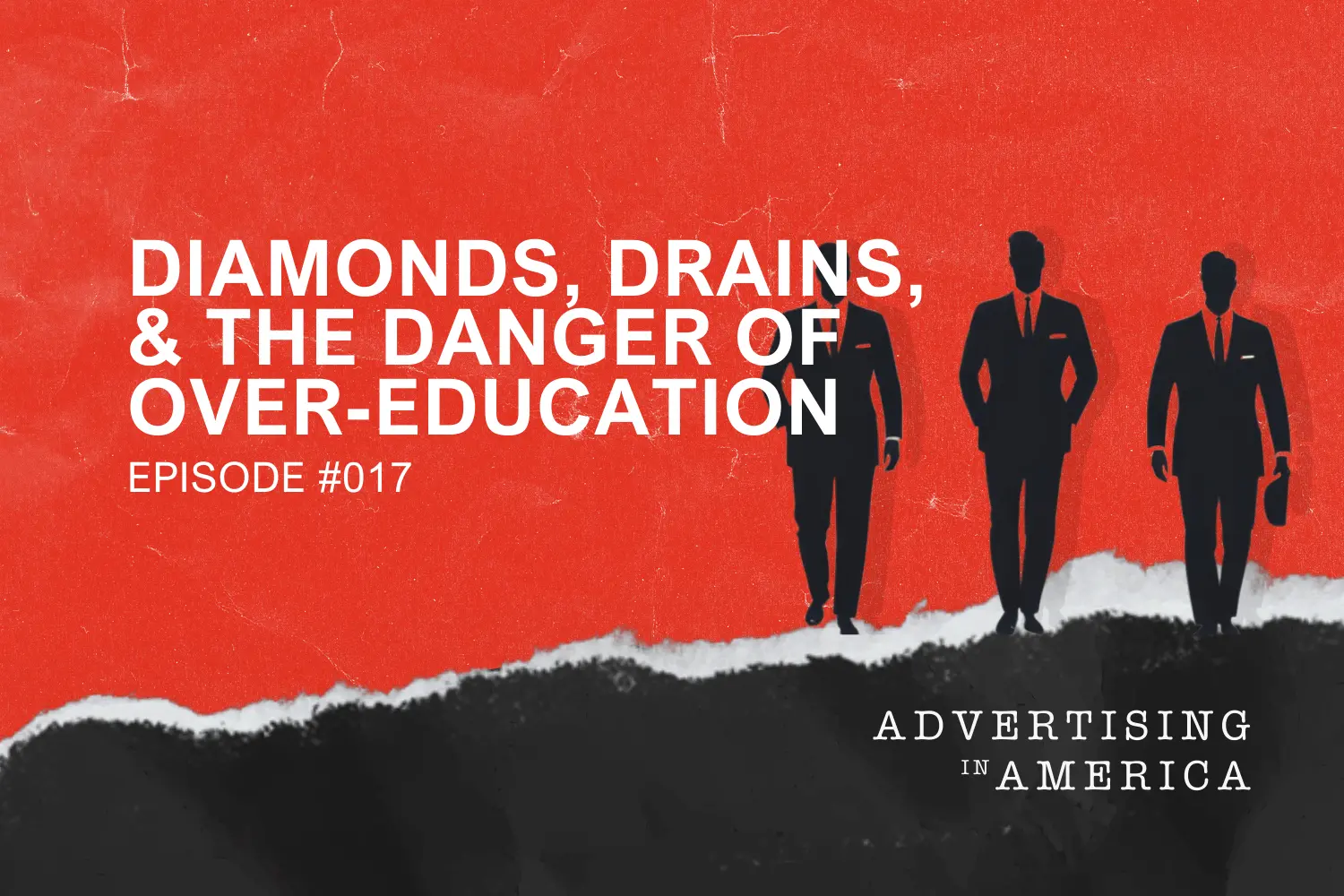
Imagine a ship built strong and sturdy out of lines of code and keywords. The ship is out there, somewhere beyond the broadband horizon, leading businesses to a treasure trove of leads and everlasting traffic to their websites. Its name is local SEO. The vessel is notoriously difficult to track down and even more difficult to bring into a dock. But if you can manage it and hop aboard, you’re all but guaranteed to succeed. Every business with a physical location needs to understand local SEO. With a few key words typed into Google, a map showcasing the top businesses in the searcher’s area spring forward. It goes without saying that any business interested in growing wants to appear on the top of the map section. If your knowledge of local SEO isn’t as refined as you’d like, this guide is the one for you. We’ll tell you everything you need to know to land that ship. We’ll start this local SEO guide in the most logical place, its origins.
A Brief History of Search Engine Optimization and Its Evolution
Traveling back in time to the first days of the internet, it was pretty sparse. There were few websites to visit, so navigating the internet was simple and straightforward. It was similar to visiting a small local store. There isn’t much to see. However, fast forward a few years, and the internet expanded, a lot. Soon enough, it became massive. It had grown to such an extent that it was nearly impossible to navigate as you once would. It was no longer the lovely, innocent mainstreet shops. Now, it’s a mega mall with more stuff than anyone can conceive. Thankfully, search engines came along. They allow users to find the website they are looking for with less difficulty. The way that the search engines worked was simple. You type a certain phrase into the search bar, and the engine shows you websites that include that phrase. Even Google used that same approach. However, like any good business, Google had a trick up its sleeve. Google became the first search engine to use links between websites as a sign of which websites were trustworthy. Similar to how we as people trust a stranger more when they have a connection to someone we know. As of today, Google has ramped up even more. They now use hundreds of factors, which all carry different levels of importance to rank your website in search results. Like all things having to do with the internet, search engines and their ranking systems are complex. If you need help understanding it beyond the surface level, book a call with Wizard of Ads® for Essential Services.

The Difference Between SEO and Local SEO
Most people’s first question is, how is local SEO different from traditional SEO? Meanwhile, others fail to realize that there’s any difference between the two at all. Both SEO and local SEO focus on improving your rank in search engine results, so that more people will be able to find, contact, and convert into an appointment and subsequently, a sale. With that said, there are differences that you should definitely understand before you go moseying along. The first is that traditional SEO hones in on improving your website’s visibility on a national or worldwide scale. It aims to get your brand seen from coast to coast, no matter the physical location of your business. It’s perfectly happy introducing your brand to someone in New York, even if you’re in L. A. On the other hand, local SEO, as you may have guessed, allows you to hone in on your local search area. It reaches locals in your city in an effort to capture their attention. While you’re grasping for a smaller audience with local SEO, you’re in front of more of the right people. 46 percent of all Google searches have local intent, and 80 percent of local searches on mobile devices convert into viable leads. That’s a massive opportunity for your business. However, even if they’re different in their overall aim, traditional SEO and local SEO use the same strategies. Aside from a few special ones, local SEO uses to connect you with your audience, including Google Local Service Ads (LSA). You're not to blame if you aren’t familiar with Local Service Ads. They are fairly new on the Google scene. But you can learn more here.
Ranking Factors
Do you recall the hundreds of ranking factors that are each valued differently? Well, it’s time that we revisit those and come to understand them on a deeper level. Don’t panic! You don’t need to understand all 200, only those with the highest value. At their core, ranking factors are the criteria that Google uses when evaluating websites to determine the best order of results. Understanding those factors is necessary for effective SEO. That goes for all marketers, creators, and everyday SEO professionals. If you don’t understand them and you’re trying to make effective results in those fields, good luck. Unfortunately, you’ll need it because they aren’t the only important thing, but they are essential to elevating your domain rank. An elite user experience leads to more conversions. Below, we’re going to cover the most important factors.
Major Categories of Google’s Ranking Factors:
The following categories and factors within are the ones proven to yield the strongest impact on search results. They’re sort of similar to those weighted questions on those exams we all dreaded. This time your grade isn’t on the line. Your business is. So continue reading below and study up.
1. Domain Factors
Domain factors are all the ranking factors that connect your domain (website) to search engine results. If there were levels to these factors, these would be level one. The domain factors that Google will pay attention to include:
- First keywords in your domain
- Domain registration length
- Penalized WHOIS owner (Google designates owners of spam websites as Penalized WHOIS owners.)
- Public WHOIS instead of private WHOIS
- Keyword in subdomains
- The history of the domain
- The age of your domain
- Keywords in your domain
2. Page-Level Factors
Page-level factors are fairly straightforward. There are factors on each page that you can optimize. Essentially, all the pages on your website. Those factors include:
- The appearance of the keyword in the H1 tag
- The frequency of keywords used in the content
- Keyword at the beginning of the meta title
- The length of the content
- Word count
- Presence of a linked table of contents
- Density of keywords
- The presence of the keyword in the title tag
- Keywords in the meta description
3. Site-Level Factors
Site-level factors go beyond the surface level of the page, and instead, they look at the entire website. Basically, a bird's eye view of the website. Site-level factors include:
- The presence of a sitemap
- Long-term downtime
- Location of the server
- Appropriate contact information
- Content on site that brings value or insight
- TrustRank (how closely linked your website is to another trusted website. This is that factor that Google launched early on that we mentioned.)
- Website updates determine a freshness factor
- The architecture of the website
- The presence of a contact us page
4. Backlink Factors
Backlink factors look at the websites linking you to determine where to place or rank your page. Typically speaking, the higher quality websites linking to your website, the higher you’ll rank. That is assuming you have high-quality content to match. Backlink factors include:
- The trust factor of the linked page
- The number of referring domains
- The age of the linked domain
- Anchor text of backlinks
- ALT tag of image links on the website
- The number of connections from separate c-class IPs
- The number of referring pages
- Number of links from .edu and .gov domains
- The trust factor of the linked page

5. User Interaction
If there’s one thing we know about Google, it’s that they love a website with an elite user experience. Even in the update announcements, they show how important it is. To demonstrate how serious they are, they use several factors to measure user interaction. Then rank your page accordingly. User interaction factors include:
- The organic click-through rate for the exact keyword
- The organic click-through rates for every ranking keyword
- Repeat visitors
- Blocked websites
- Dwell time (dwell time is the measure of time that a user spends viewing a document after clicking a link.)
- How users interact on your website
- Overall direct traffic
- Bounce rate (the number of people who visit your page and leave without viewing other pages on your website)
6. Special Google Algorithm Rules
A handful of Google Algorithm rules do not link to your page or domain. Believe it or not. They involve factors that look at personalizing search results for the user or better search results in general. Here are some of those rules that you should know about:
- Diversity in the SERP
- Freshness in the SERP
- The browsing history of the user
- Search history of the user
- Adult content or curse words (websites with that content are not present in safe search results.)
7. Brand Signals
Many heavily valued factors are linked directly to your brand. Those factors include:
- Branded searches
- Your brand and keyword searches
- Branded anchor text
- Brand’s official LinkedIn
- Your brand’s Twitter with followers
- Facebook page, ideally with a lot of likes
8. On-Site Webspam Factors
Let’s get one thing straight. Spam doesn’t rank on search engines. If your website even looks the slightest bit spammy, you could be hurting your search engine results. Here are some factors that Google uses to track your spammy traits:
- Links to sketchy websites
- A lot of redirects
- Popups that are difficult to close
- Over-optimizing the site
- Hidden redirects
- Flagged server IP address
- Low-quality content (honestly, who likes that?)
- Distracting/spammy appearing ads
9. Off-Site Webspam Factors
Off-site webspam factors take a deep look at all of the websites connected to yours. Specifically, looking at what they do. The off-site webspam factors include:
- Low-quality backlinks
- A high percentage of links from unrelated websites
- Automatic links inclosed in widgets
- An unnatural and sudden increase in backlinks
- A hacked site
- Links from sites with the same server IP
- Low-quality directory links

Get Started with Local SEO
Okay, we’ve covered the history of search engines, the difference between traditional and local SEO, and many, many ranking factors. With all of that serving as the foundation of your knowledge, you’re undoubtedly ready to get started. So it’s time we get to the highlight of our epic little guide here. Here are your step-by-step instructions on how to get started with local SEO. Let’s jump right in.
Claim your Google Business Profile
Formerly known as Google My Business or GMB, Google Business Profile is hailed as fantastic among business owners. Why? Here’s a quick rundown of Google Business Profile. Keep in mind that we’re only going over the basics here. Google Business Profile is a totally free directory listing tool offered by Google. It allows businesses to create and manage their online presence across all of Google’s platforms, including search results, maps, and more. Using a GBP, you can quickly build your online presence, not as an influencer but as a business. For instance, you can upload images and videos, create post updates, respond to customer reviews, and even optimize your website for visibility in search engines. There’s truly no better way to win a search engine’s game than using one of their tools, right?
Local Directories and Listings
A local business directory lists vital information about your business. That information can include your hours, location, contact information, pictures, and other relevant information, like reviews and important links. These directories and listings can be local, such as one for HVAC companies in [BLANK] part of New York. However, they can also be global, such as Google Business, which is the single largest one available. These directories and listings can also be free to join, so you have no excuse not to be on them.
Test for Mobile-friendliness
The user experience is incredibly important to Google. It’s equally important to your potential customers. And with 80 percent of mobile searches converting into leads, it’s in your best interest to ensure your website looks and operates well. You can use Google’s Mobile-Friendly Testing Tool to check your website. You test through code or URL. Give it a try.
Utilize Local SEO-relevant keywords
The first step to utilizing those keywords is finding them. And to do that, you need to understand which search queries most of your audience uses to find you. For that, you use tools like Google’s Keyword Planner. It gives you insight into how often people search for certain words and how those searches have changed over time. There’s also [Semrush](https://www.semrush.com/lp/keyword-research-b-1/en/?kw=google keyword planner&cmp=US_SRCH_Keyword_Magic_Tool_EN&label=keyword_magic_tool&Network=g&Device=c&utm_content=485546553093&kwid=kwd-59330883096&cmpid=11126975927&agpid=112799974527&BU=Core&extid=124582948312&adpos=&gclid=Cj0KCQjwzLCVBhD3ARIsAPKYTcSbjDt0sK0j0dCr-z_ychBu6aj08qoofY1wWKkH1OSSptj5ay-dl14aApPSEALw_wcB), which works nearly the same.
Get more Google My Business reviews
Google reviews provide essential information to people viewing your Google Business Profile and help your business stand out. To get more reviews, Google recommends verifying your account so that you appear on maps, searches, and other services. But they also recommend that you remind customers to leave reviews and reply to reviews as they come in.
Use Local Schema Markup tags
Schema markup is basically a code you can use to markup elements for your website. When you markup those elements, you help search engines understand them better. Thus, making them rank higher. It also improves your digital brand presence, which is always more than helpful. Here’s [a good resource](https://neilpatel.com/blog/get-started-using-schema/#:~:text=How to Use Schema Markup for SEO) that can tell you exactly how to use Schema markup to your advantage. There it is… our epic guide. That covers the majority of what there is to offer on local SEO. To wrap up, let’s go over what you need to do now that you’ve come this far. First, reread this starting from Get Started with Local SEO. However, as you read it this time, click every link we’ve inserted. That way, you can fully absorb all the information you truly need to understand. If you can do that, you’ll have a much easier time setting up your Google Business Profile and every other step after that. When you’re ready for more help on your SEO journey, something that goes beyond all of the guides out there, book a call with Wizard of Ads® for Essential Services.

